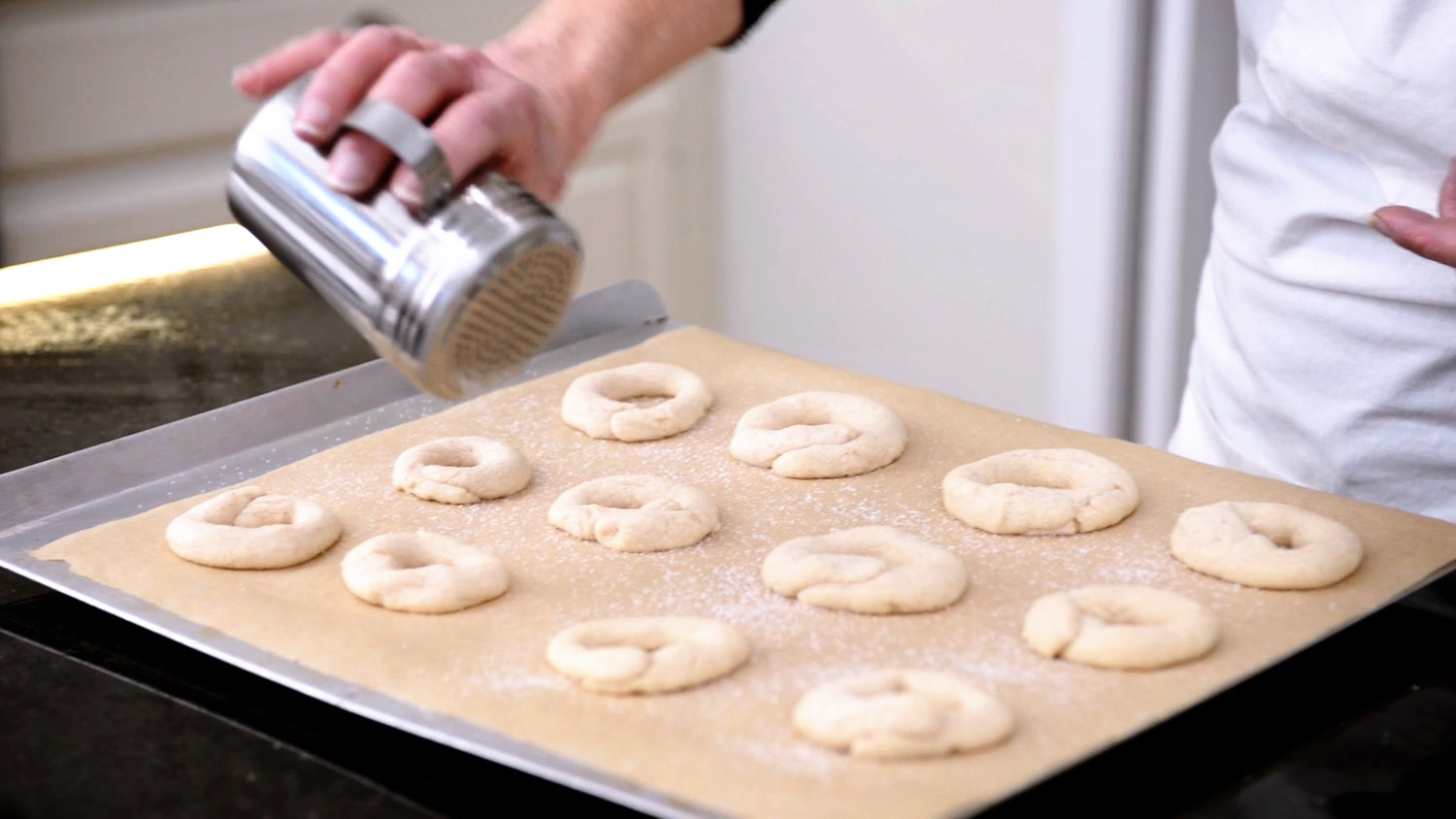Pennsylvania Castles
Thursday, July 26, 2012 | By: Becky Diamond
Yes, there are castles in Pennsylvania! I didn't realize this until we moved to Bucks County four years ago. I'm referring to the Mercer Museum and Fontill Castle - both built by Henry Chapman Mercer and both located in Doylestown.
A true Renaissance man, Mercer's interests and skills cut across a variety of genres. Born in Doylestown in 1856, he became a famed archaeologist, anthropologist, tile maker, artist, writer, scholar and antiquarian, and was a leader in the American Arts and Crafts Movement. Mercer built Fonthill during the period 1908-1912 to serve both as his home and showplace for his extensive collection of prints and Moravian tiles. Designed by Mercer himself, the building is a diverse mix of Medieval, Gothic, and Byzantine architectural styles - an imposing sight set back from the road down a long tree-lined drive. A visit there is like entering the grounds of a lush English estate.
My son has been enjoying a neat archeology camp at this picturesque location this week, and has helped dig up some 19th and 20th century bottles and part of a brick. On Friday the kids will give an exhibition of their finds - can't wait! Today he got to throw an Atl Atl (the Native American version of a javelin). He did great, check it out!
By the turn of the 20th century, Mercer realized that technology was developing at a rapid pace, with machine-made goods replacing handcrafted items by the thousands. With the forethought to gather and preserve America's once-common everyday objects before they were discarded and forgotten, Mercer amassed a collection of almost 30,000 items ranging from hand tools to horse-drawn vehicles. He organized and catalogued them using his own system and then in 1916 erected another castle, 6 stories high and also made of concrete, in order to store and display the objects so that the public could view them. The towering central atrium of the Museum was used to hang the largest objects - such as a whale boat, stage coach and Conestoga wagon. On each level surrounding the court, smaller exhibits were tucked into the many alcoves, niches and rooms according to Mercer's categorization -- healing arts, tinsmithing, dairying, illumination, etc. The result is a unique structure - both inside and out - that takes visitors on a trip back in time.
For those of you interested in cooking, the museum includes sections focusing on confectionary, kitchen and baking utensils, meat and fruit preservation, butter and cheese making and cider pressing. In addition, outside the castle is a log cabin where they sometimes do open-fire cooking demonstrations. And I actually used the Mercer Museum Library located on the 3rd Floor to do research for my book since they have a pretty extensive manuscriot cookbook collection and other resources covering traditional crafts, trades and industries.






Leave a comment
0 Comments